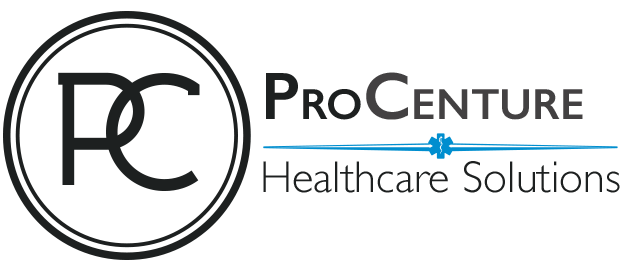
Before caring for patients with confirmed or suspected COVID-19, healthcare personnel (HCP) must: • Receive comprehensive training on when and what PPE is necessary, how to don (put on) and doff (take off) PPE, limitations of PPE, and proper care, maintenance, and disposal of PPE. • Demonstrate competency in performing appropriate infection control practices and procedures. COVID19 COVID-19 Personal Protective Equipment (PPE) for Healthcare Personnel Preferred PPE – Use N95 or Higher Respirator N95 or higher respirator.
When respirators are not available, use the best available alternative, like a facemask. One pair of clean, non-sterile gloves Face shield or goggles, Isolation gown or higher respirators are preferred but facemasks are an acceptable alternative. One pair of clean, non-sterile gloves Face shield or goggles Isolation gown Remember:
• PPE must be donned correctly before entering the patient area (e.g., isolation room, unit if cohorting).
• PPE must remain in place and be worn correctly for the duration of work in potentially contaminated areas. PPE should not be adjusted (e.g., retying gown, adjusting respirator/facemask) during patient care.
• PPE must be removed slowly and deliberately in a sequence that prevents self-contamination. A step-by-step process should be developed and used during training and patient care.
Donning (putting on the gear): More than one donning method may be acceptable. Training and practice using your healthcare facility’s procedure is critical. Below is one example of donning.
1. Identify and gather the proper PPE to don. Ensure choice of gown size is correct (based on training).
2. Perform hand hygiene using hand sanitizer.
3. Put on isolation gown. Tie all of the ties on the gown. Assistance may be needed by another HCP.
4. Put on NIOSH-approved N95 filtering facepiece respirator or higher (use a facemask if a respirator is not available). If the respirator has a nosepiece, it should be fitted to the nose with both hands, not bent or tented. Do not pinch the nosepiece with one hand. Respirator/facemask should be extended under chin. Both your mouth and nose should be protected. Do not wear respirator/facemask under your chin or store in scrubs pocket between patients.* » Respirator: Respirator straps should be placed on crown of head (top strap) and base of neck (bottom strap). Perform a user seal check each time you put on the respirator. » Facemask: Mask ties should be secured on crown of head (top tie) and base of neck (bottom tie). If mask has loops, hook them appropriately around your ears.
5. Put on face shield or goggles. Face shields provide full face coverage. Goggles also provide excellent protection for eyes, but fogging is common.
6. Perform hand hygiene before putting on gloves. Gloves should cover the cuff (wrist) of gown. 7. HCP may now enter patient room. Doffing (taking off the gear): More than one doffing method may be acceptable. Training and practice using your healthcare facility’s procedure is critical.
Below is one example of doffing.
1. Remove gloves. Ensure glove removal does not cause additional contamination of hands. Gloves can be removed using more than one technique (e.g., glove-in-glove or bird beak).
2. Remove gown. Untie all ties (or unsnap all buttons). Some gown ties can be broken rather than untied. Do so in gentle manner, avoiding a forceful movement. Reach up to the shoulders and carefully pull gown down and away from the body. Rolling the gown down is an acceptable approach. Dispose in trash receptacle.*
3. HCP may now exit patient room.
4. Perform hand hygiene.
5. Remove face shield or goggles. Carefully remove face shield or goggles by grabbing the strap and pulling upwards and away from head. Do not touch the front of face shield or goggles.
6. Remove and discard respirator (or facemask if used instead of respirator).* Do not touch the front of the respirator or facemask. » Respirator: Remove the bottom strap by touching only the strap and bring it carefully over the head. Grasp the top strap and bring it carefully over the head, and then pull the respirator away from the face without touching the front of the respirator. » Facemask: Carefully untie (or unhook from the ears) and pull away from face without touching the front.
7. Perform hand hygiene after removing the respirator/facemask and before putting it on again if your workplace is practicing reuse.
*Facilities implementing reuse or extended use of PPE will need to adjust their donning and doffing procedures to accommodate those practices.
This training guide is courtesy of www.cdc.gov


Leave a Comment